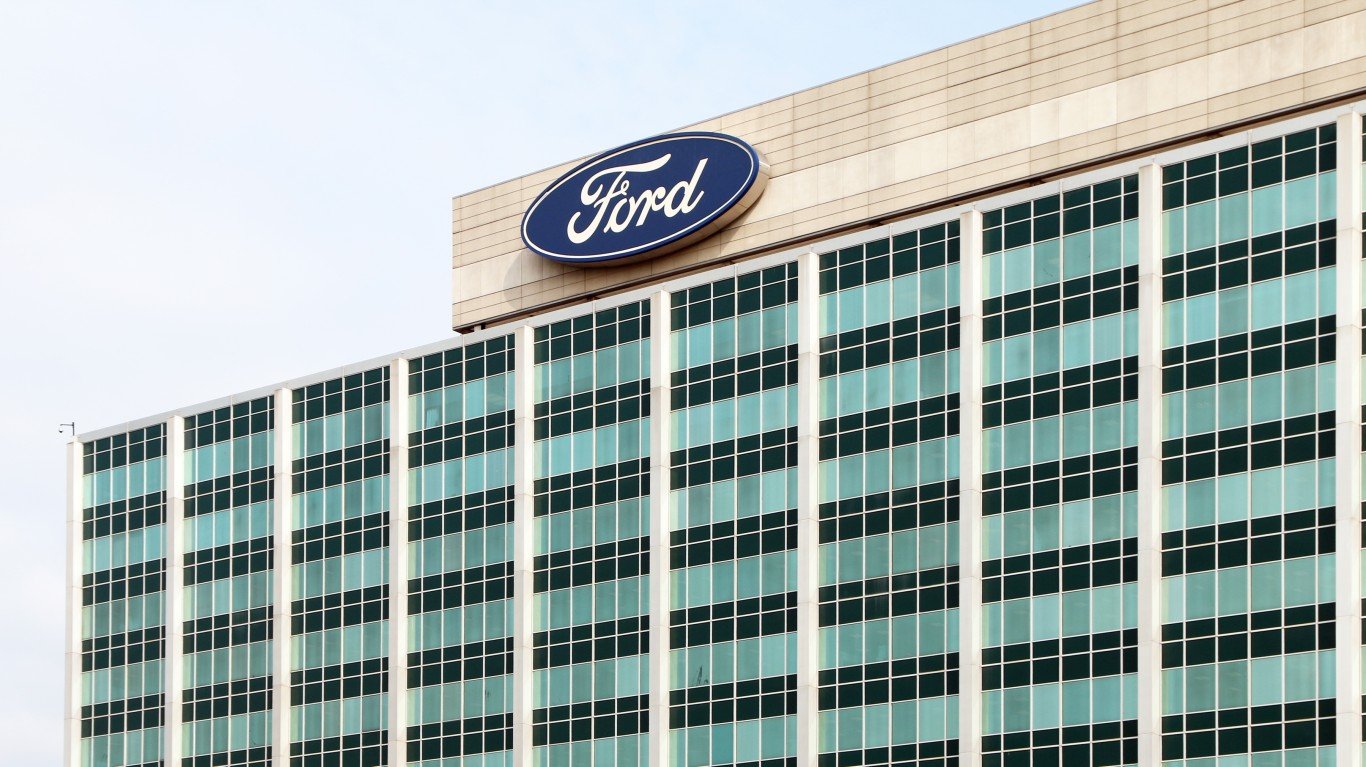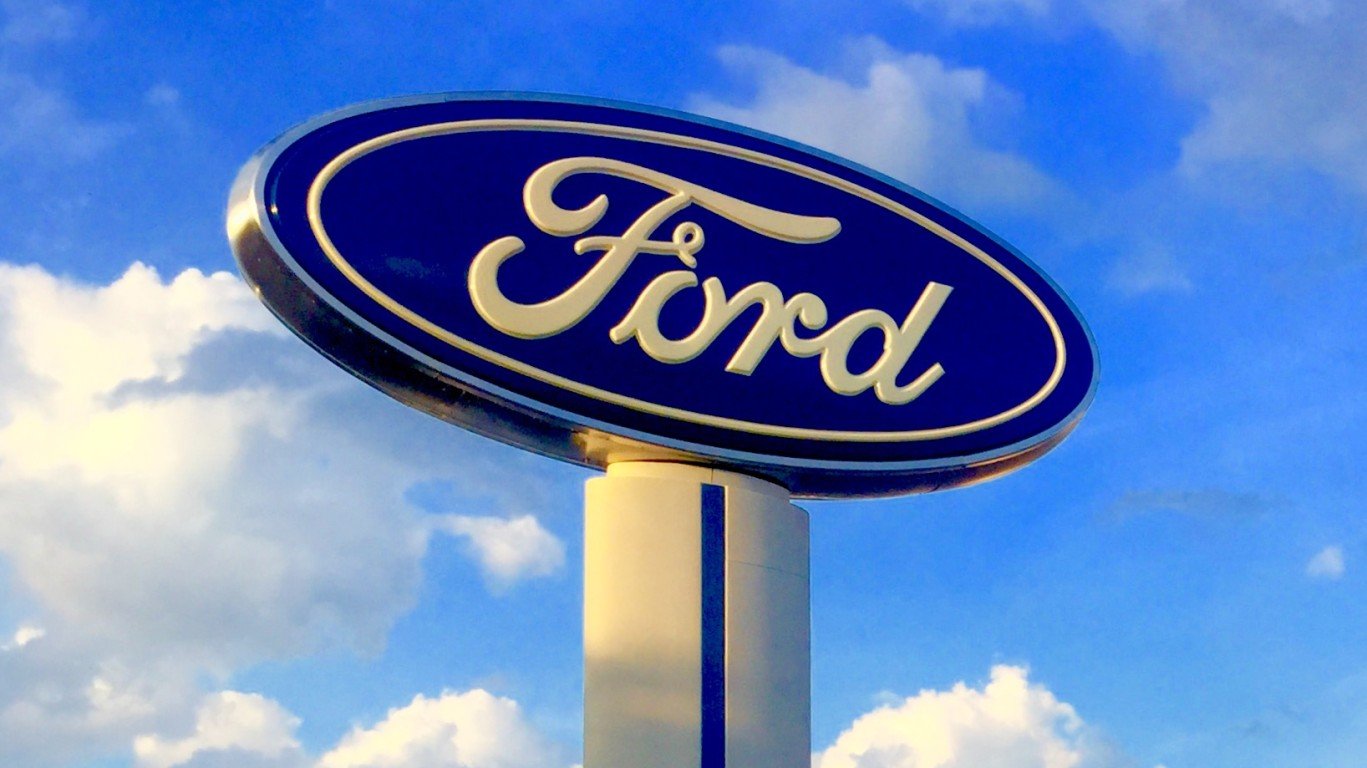

As one of the most popular vehicles in the world, the Toyota Camry has a stellar reputation. Originally sold in Japan beginning in 1982 as a compact, the mid-size Camry we know today was first introduced in 1991. With that many years in the market, there are bound to be a few years where the Camry both succeeds and fails.
Selling 290,650 cars in 2023 alone, the Carmy is the leading passenger vehicle in the United States. However, since no vehicle is perfect, it’s okay to take a look back and see which Camry models are worth owning. Thanks to sites like FIXD, CoPilot, and CarComplaints, we can see exactly which Camry models are worth keeping or selling.
Avoid: 2002
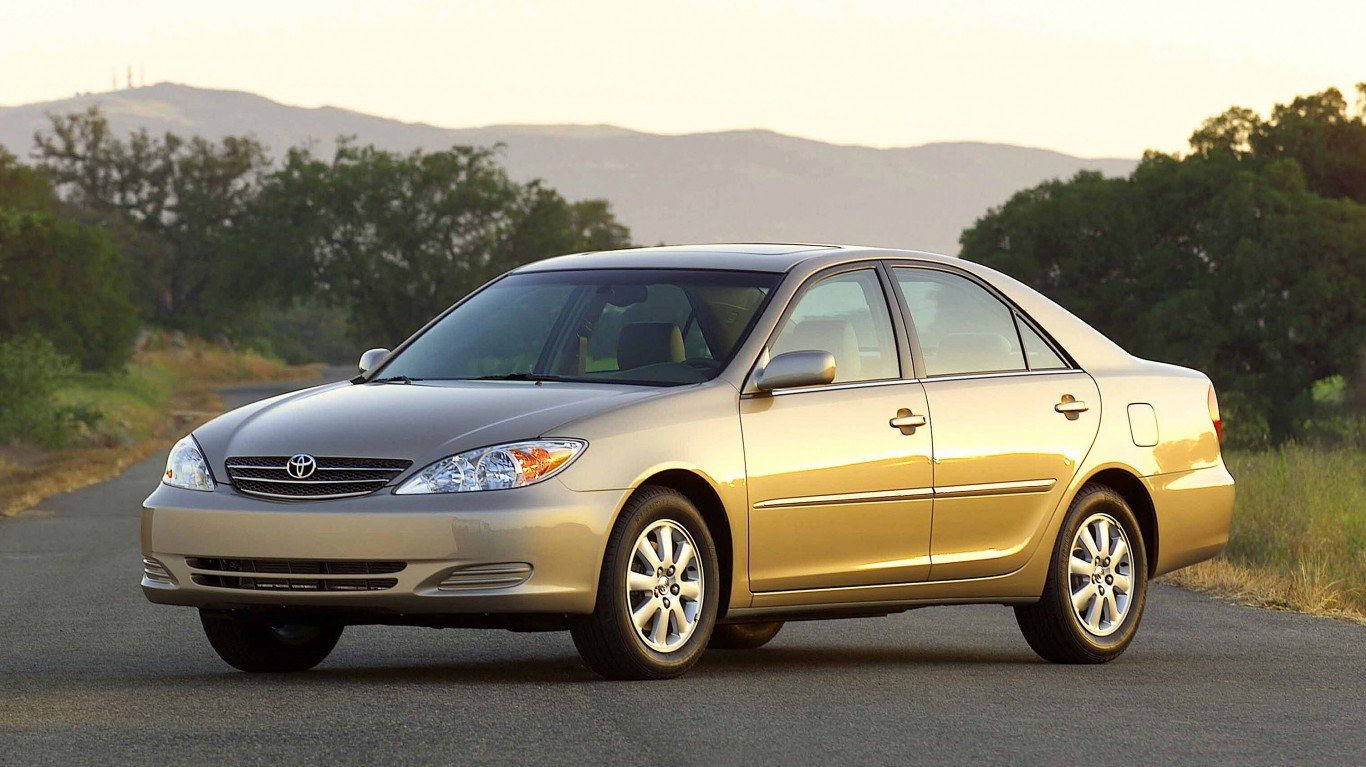
As one of the worst years for the Toyota Camry, 2002 is definitely on the must-avoid list. Unsurprisingly, 2002 was the first year of the Camry’s 3rd generation, which was a strong reason why it was a challenging year. According to CarComplaints, over 1,000 NHTSA (National Highway Transportation & Safety Administration) complaints were filed.
Highlighting these filings are 411 complaints focused solely on engine issues. Between unintended acceleration, oil leaks, and brake failures, 2002 just wasn’t a good year. For a car that was generally pretty reliable before and after 2002, this year stands out as one Toyota would like to forget.
Avoid: 2007
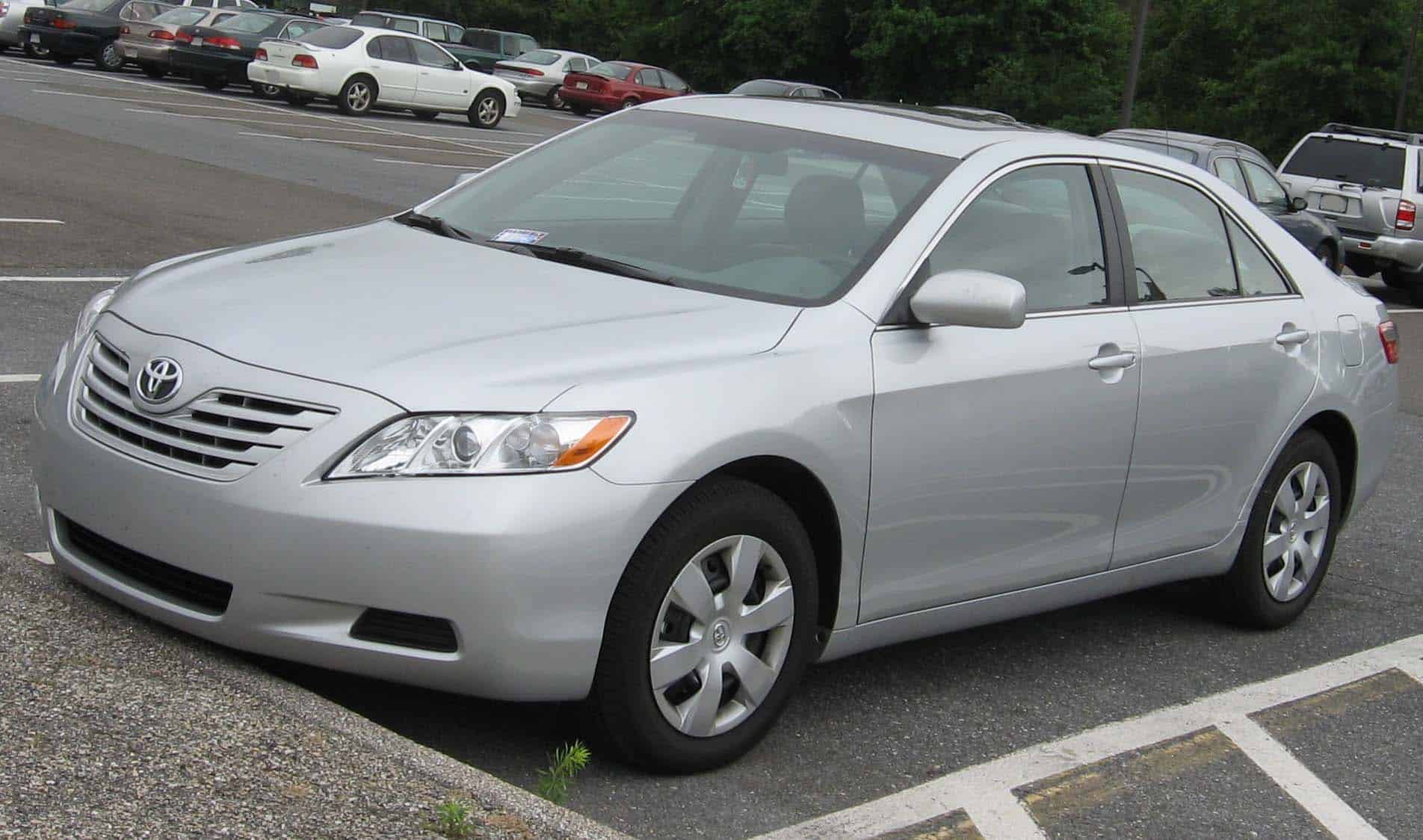
Far and away the Toyota Camry’s worst year, 2007 has a whopping 3,572 complaints filed with the NHTSA. This is more than double any other year the Camry has been offered, so it’s very notable. Among the most notable complaints is around the automatic transmission, which would get stuck when trying to accelerate. Not only is this a dangerous problem, but a stuck accelerator could cause injuries or worse.
Other major issues in 2007 focused on power steering concerns, a faulty check engine light, or the missing gear shifts from faulty transmissions. Ironically, the Toyota Camry was named Motor Trend’s “Car of the Year” in 2007, but it didn’t do much for customers who were stuck on the side of the road. As a final bonus for customers, 2007 owners could also find themselves randomly locked out of their vehicles.
Avoid: 2008
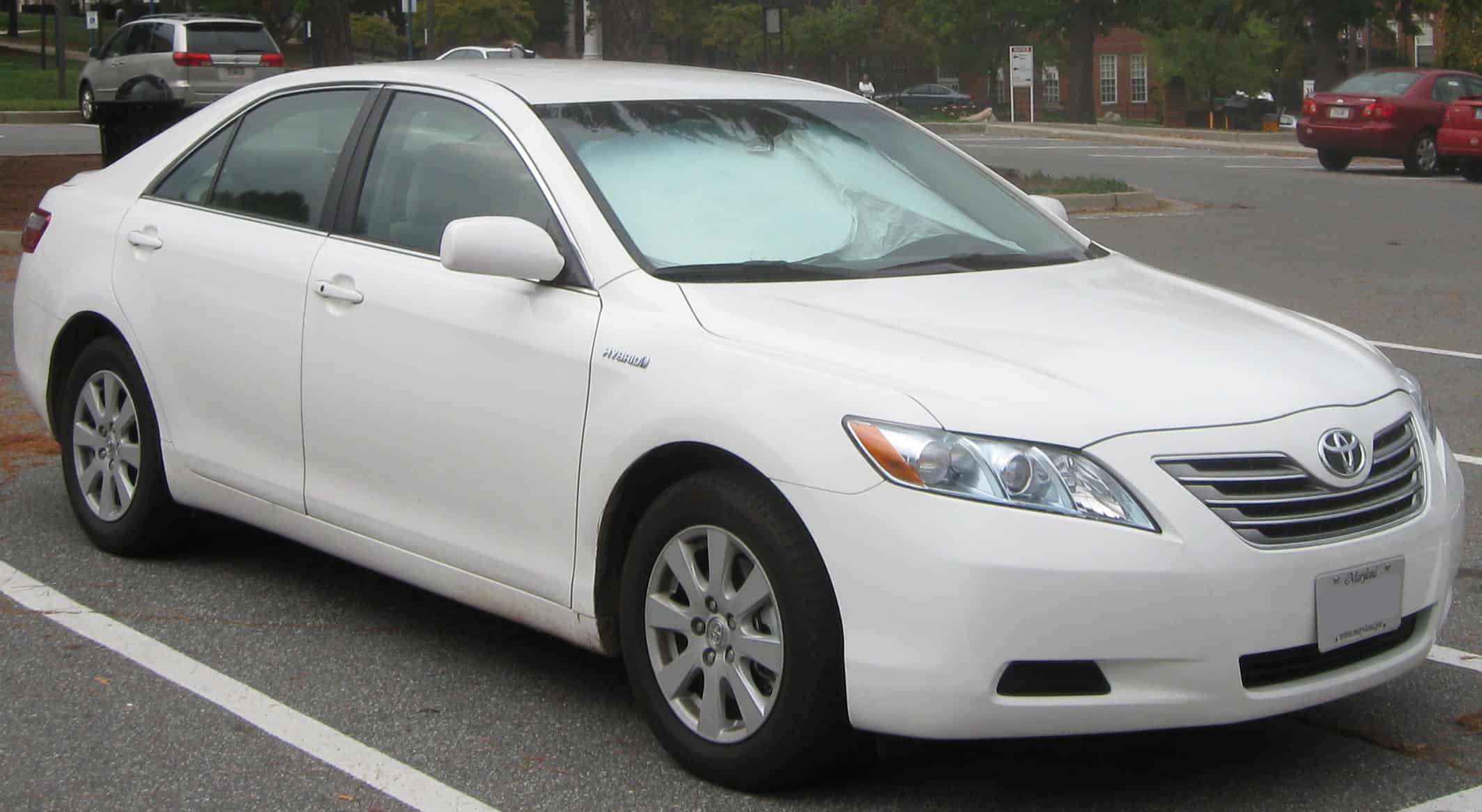
The good news is that coming off an awful year in 2007, the Toyota Camry had a “better” year in 2008. Unfortunately, it’s still among the top Camry model years you should avoid. There are still over 1,000 NHTSA complaints including 258 reports specifically tied to trouble with excessive oil consumption. Unfortunately, it doesn’t look like transmission issues were fixed nor was the faulty check engine light.
Along with issues that carried over from 2007, new issues popped up in 2008 as well. One surprising “bonus” for Toyota Camry owners was an issue with windshield visibility. The issue was largely related to a faulty sun visor that would randomly fall and block the driver’s view of the road. Out of the 8 recalls issued for the 2008 Camry, none addressed this issue.
Avoid: 2009
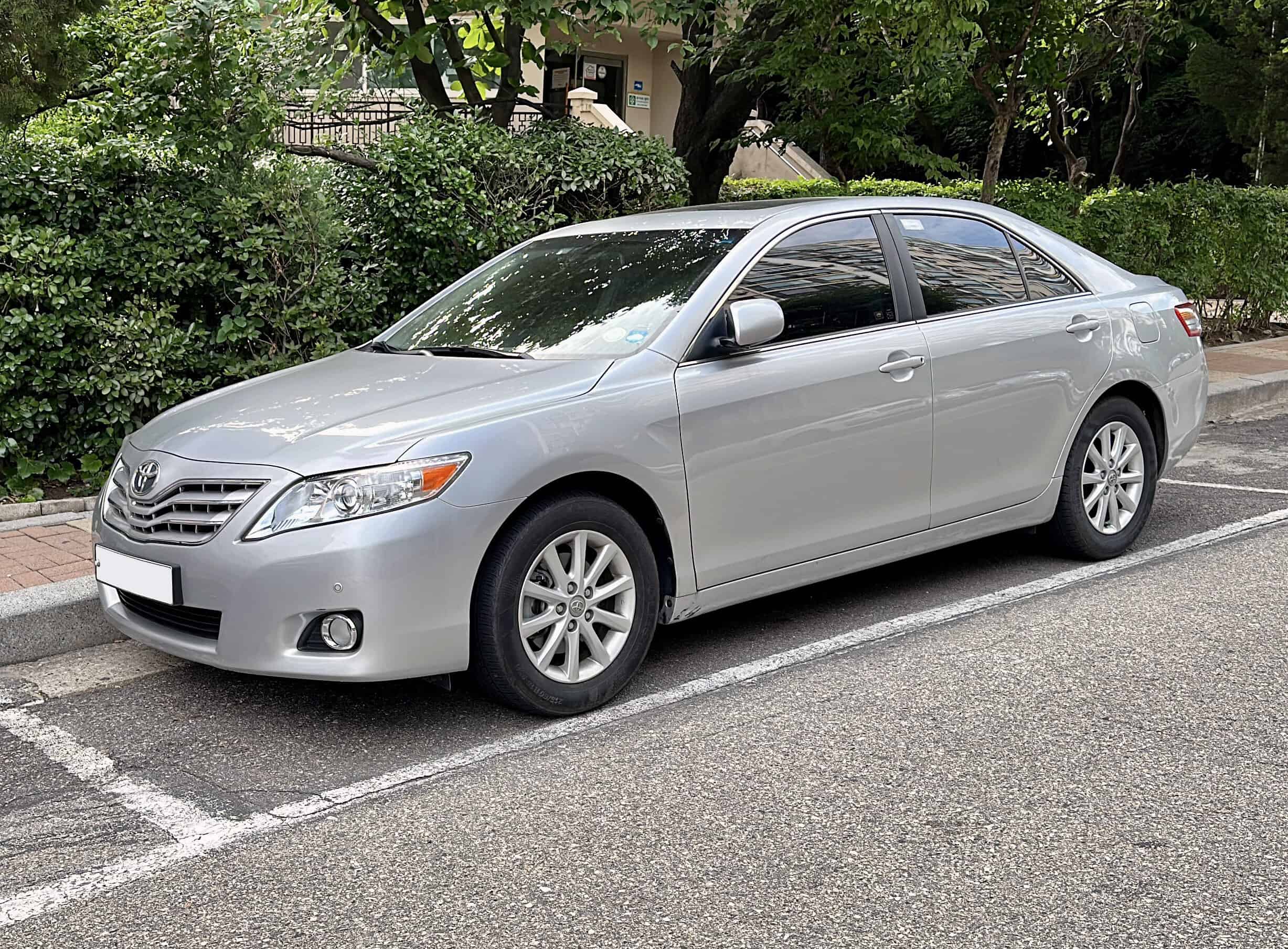
The second worst year for Toyota Camry buyers, 2009 still saw the continuation of the check engine light and transmission problems. When you consider that NHTSA complaints more than doubled to over 2,000 in 2009, it’s clear that Toyota wasn’t addressing customer complaints fast enough. Unsurprisingly, more than 500 NHTSA complaints alone focused on excessive oil consumption.
This issue largely focused on Camry models guzzling one quart of oil every 1,200 miles. According to Toyota, Camry models during this period should only be consuming one quart around every 600 miles. Add in defective exterior paint concerns that peeled too early and brake warning lights coming on randomly and 2009 is a definite year to avoid.
Avoid: 2011
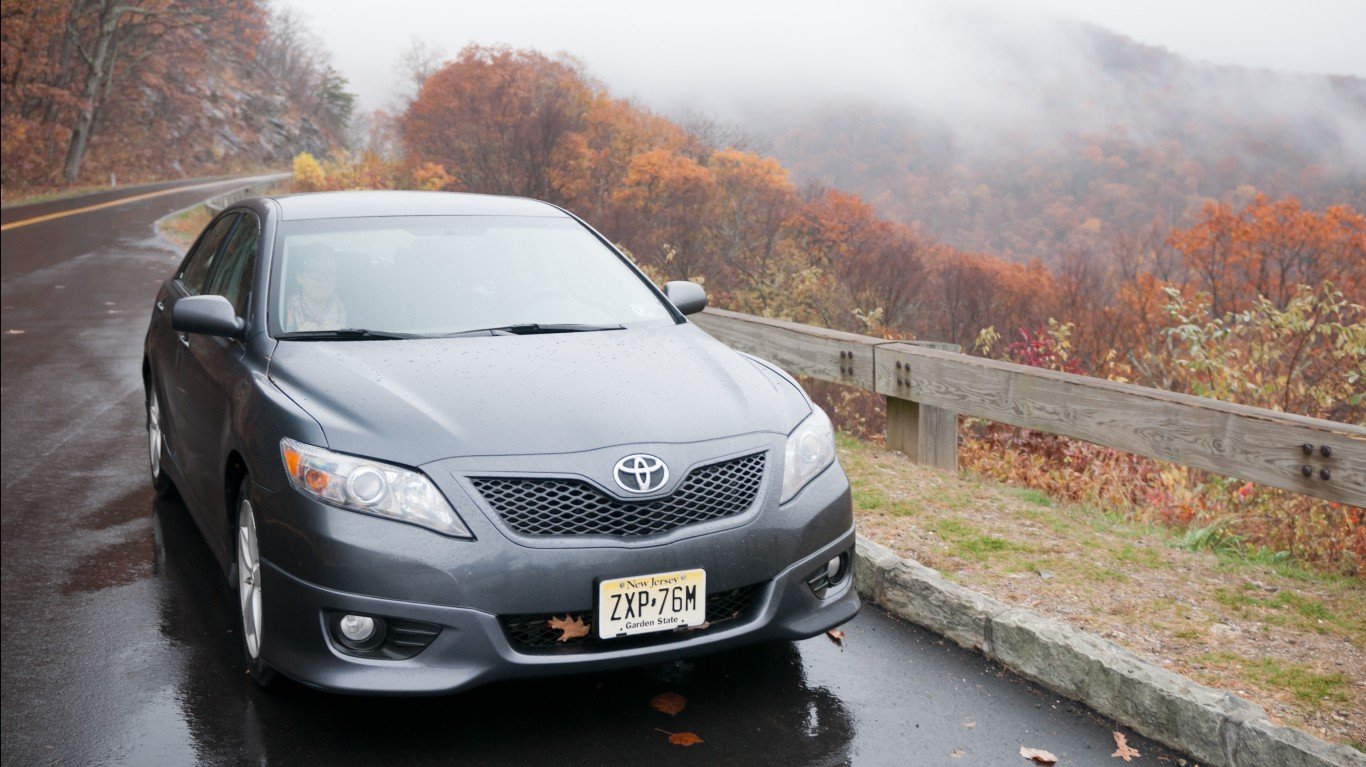
Last but not least of the worst Toyota Camry years to avoid is 2011. The good news is that NHTSA complaints continued to drop from 2009, but not fast enough. On top of this, the biggest issue in 2011 was related to safety. Both the 2004 and 2011 Toyota Camry are the only models between 2011 and 2017 not to earn above a 4 on the NHTSA safety rating.
This issue may be related to the NHTSA adding more stringent tests in 2011, but Toyota was not prepared. There are also larger issues as Toyota expanded the Camry lineup to include LE, CE, SE, and XLE models. All of these models were subject to NHTSA complaints about the dashboard melting, which is not what a new Camry owner wanted to deal with.
Own: 2013
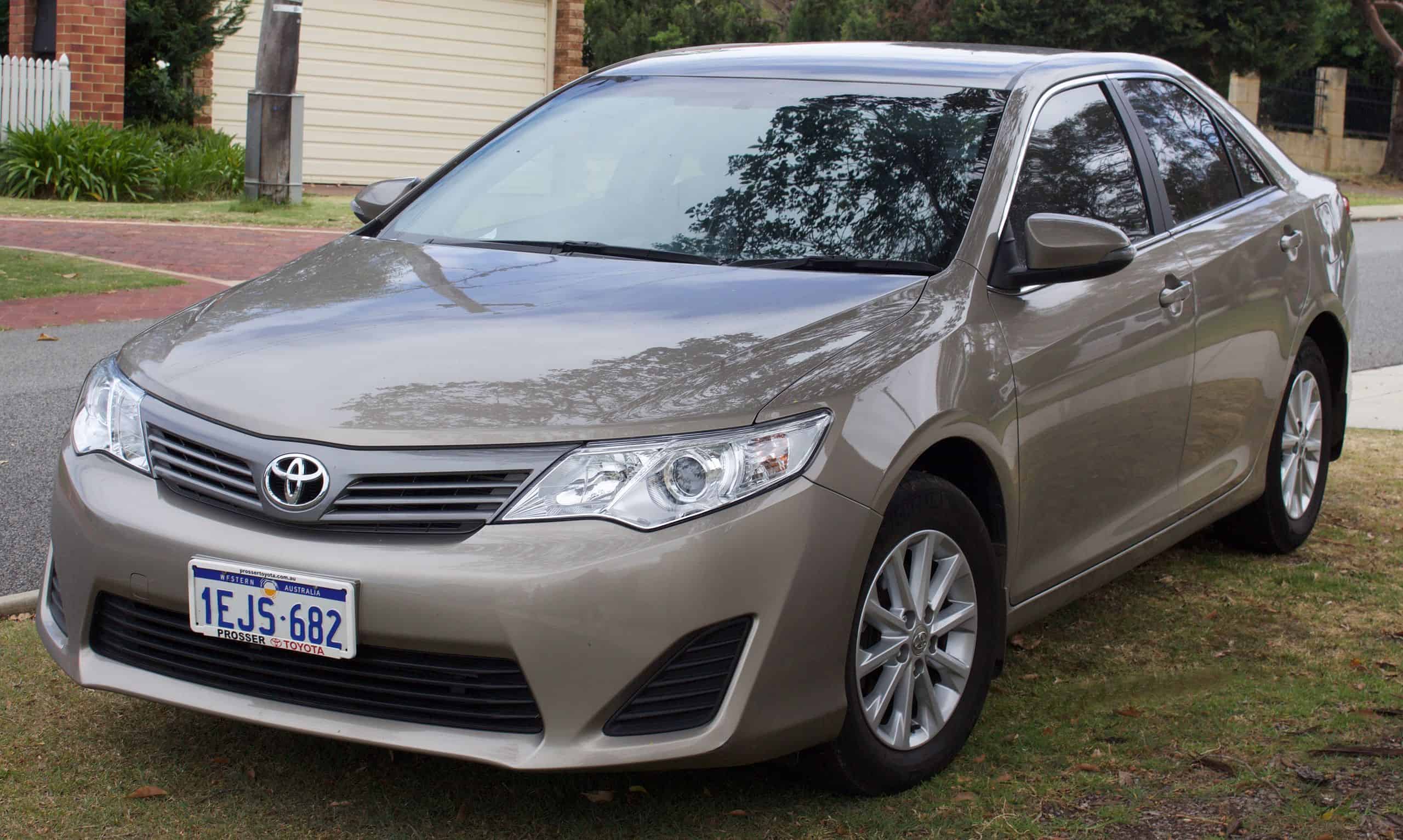
Sandwiched between a couple of difficult years, 2013 is a fairly comfortable year for Camry owners. Now into the 7th generation of the Camry, Toyota looked to be working out much of the last decade’s headaches. Validating this statement is the notion that less than 400 NHTSA complaints were received. The 2013 model seemed to strongly boost the growing reputation of the Camry as a reliable vehicle.
Providing even more evidence for the 2013 model as a “buy,” J.D. Power gave the 2013 Camry solid reviews. It was ranked “Great” across the board and the organization’s “Best Midsize Car of 2013.” Across reliability, driving experience, and resale value, J.D. Power offers the 2013 Camry an easy recommendation.
Own: 2017
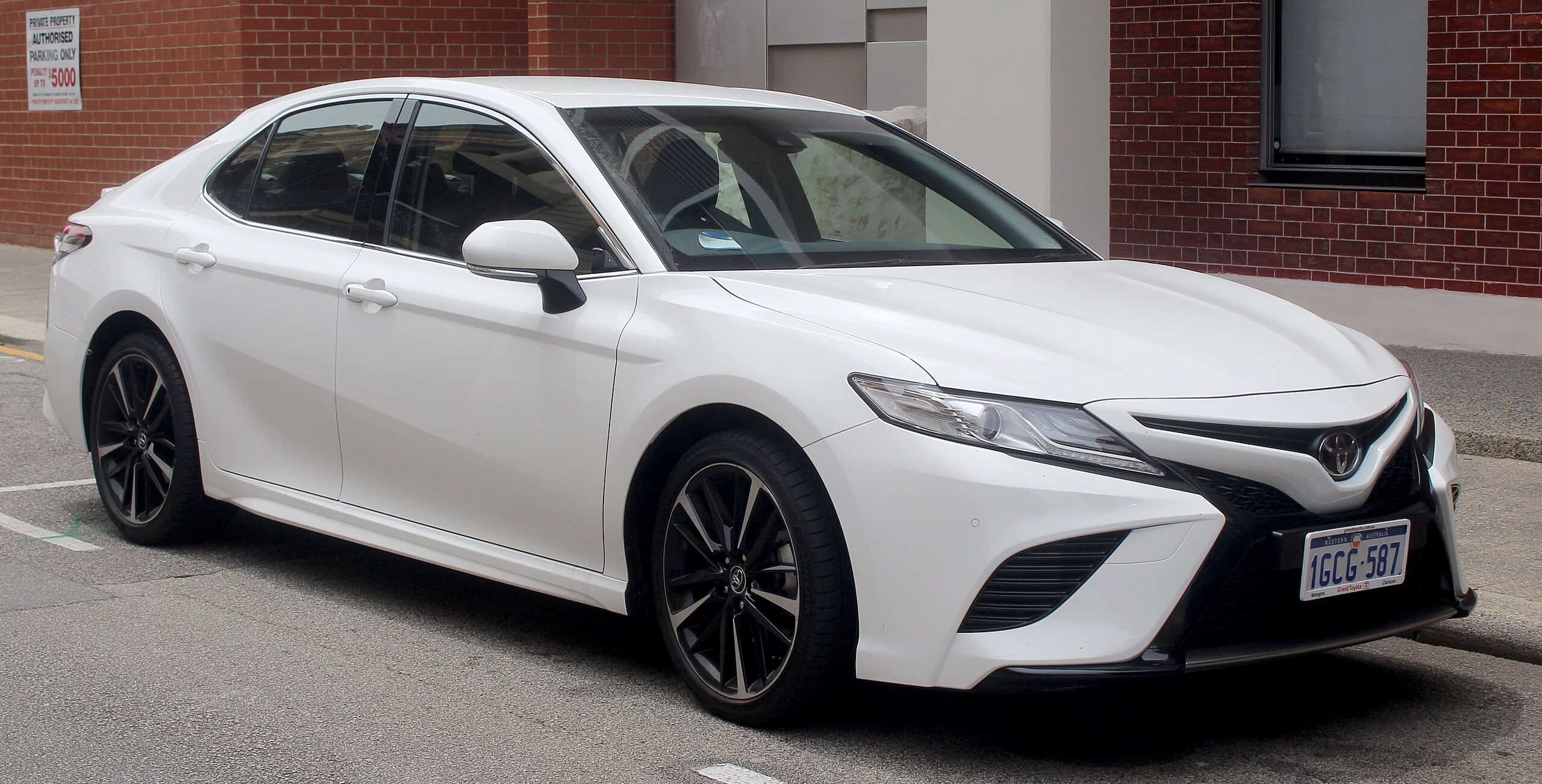
With only 182 NHTSA complaints in 2017, things continue to improve for everyone’s favorite mid-size vehicle. While braking issues did plague some buyers, the issue was confined to a lower number of vehicles than the decade prior. Braking aside, the 2017 Camry was handed rave reviews almost universally for its improved technology, safety features, and engine power.
When you factor in the growing success of the Camry hybrid offering 40 MPG combined, Toyota saw sales continue to grow. J.D. Power also saw greatness with the 2017 Camry once again handing it a “Great” score for both quality and reliability. Best of all, the Toyota Camry received a 5-star safety rating from NHTSA across all four trim levels.
Own: 2019
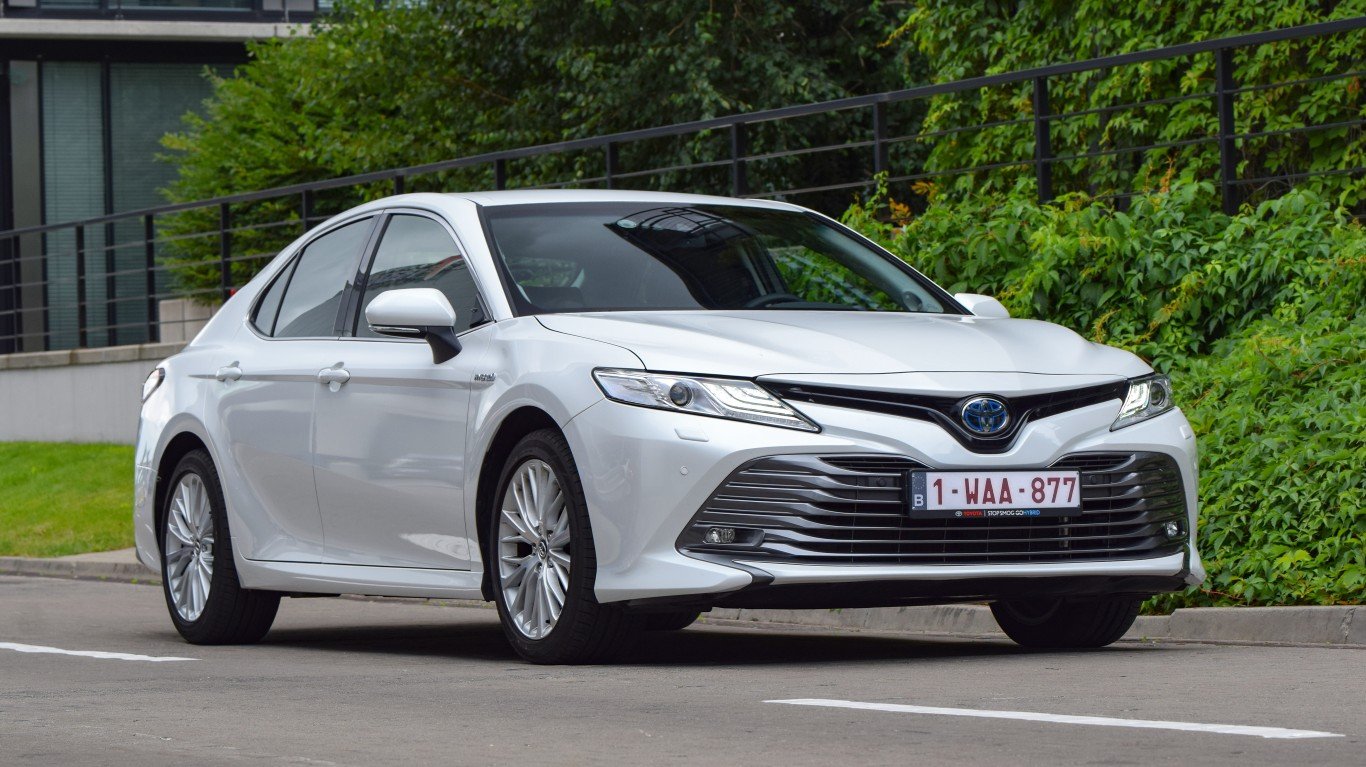
Carrying over many of the improvements Toyota made from the eighth generation model launch in 2018, 2019 was even better. Not only does the vehicle receive almost universal top marks for reliability, but it continues to provide outstanding safety results. Between the NHTSA score of 5 on safety and IIHS giving the Camry its highest safety award of “Top Safety Pick+,” you can grab a 2019 Camry with confidence.
Overall, NHTSA complaints continued to stay at levels far lower than the Camry was seeing 10 years prior. Yes, there were some issues with the engine and fuel system problems, but they were rare. For 2019, J.D. Power once again gave the Camry a score of “Great” throughout its ranking. Unsurprisingly, J.D. Power highlights reliability as a top reason to buy a 2019 Camry.
Own: 2021
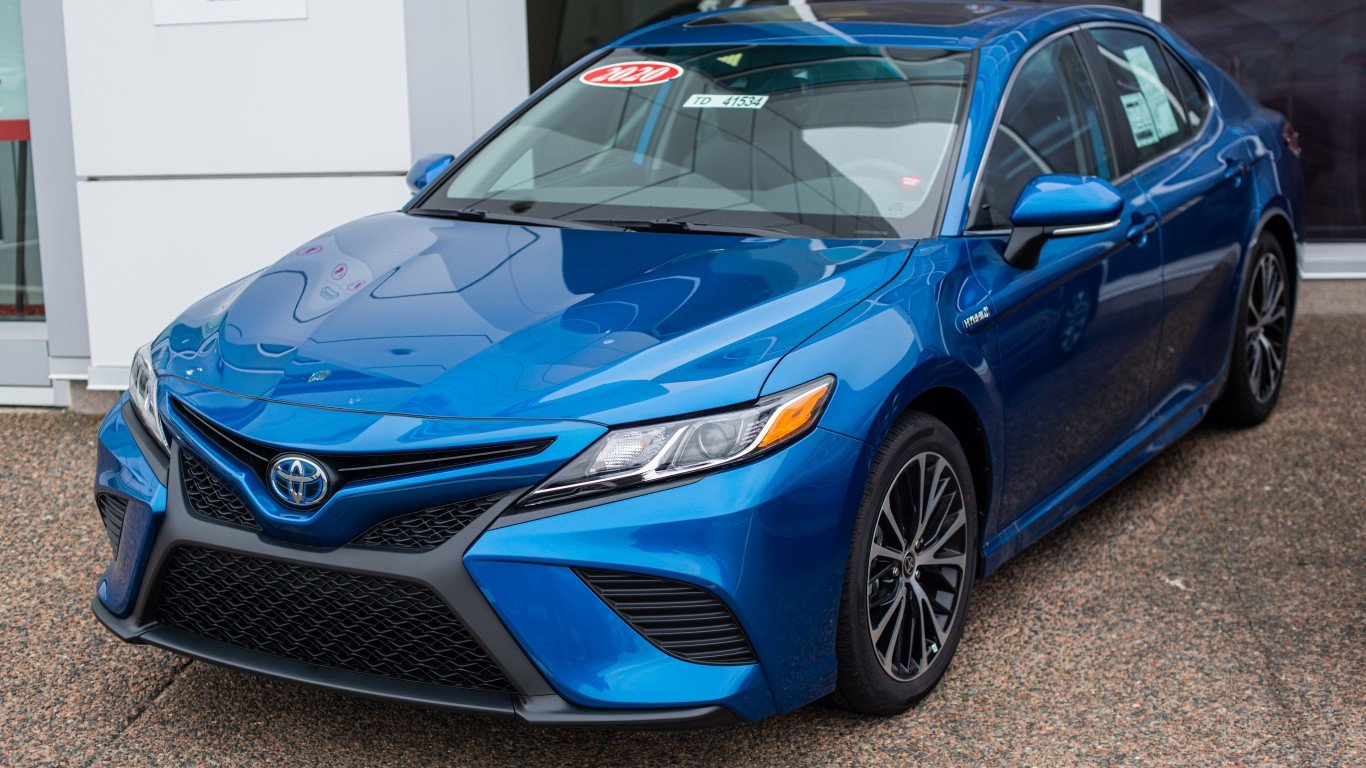
Boosted by the idea that only 56 NHTSA complaints were filed in 2021, this model year for the Camry is top-notch. What’s most important is that in 2024, these models are likely going to be available after 36-month leases expire. As such, they will make for a steal if you can find one with low miles. Best of all, Toyota hasn’t issued any recalls for the 2021 Camry, something we haven’t seen with any other model year so far.
Once again in 2021, you can also buy with confidence as safety ratings from both NHTSA and IIHS are best-in-class. The same goes for J.D. Power where the “Great” score continues around the Camry’s reliability. Of course, the best reason to buy the 2021 model is the exterior refresh, which gives the Camry a more modern look that feels sporty yet practical.
Own: 2022
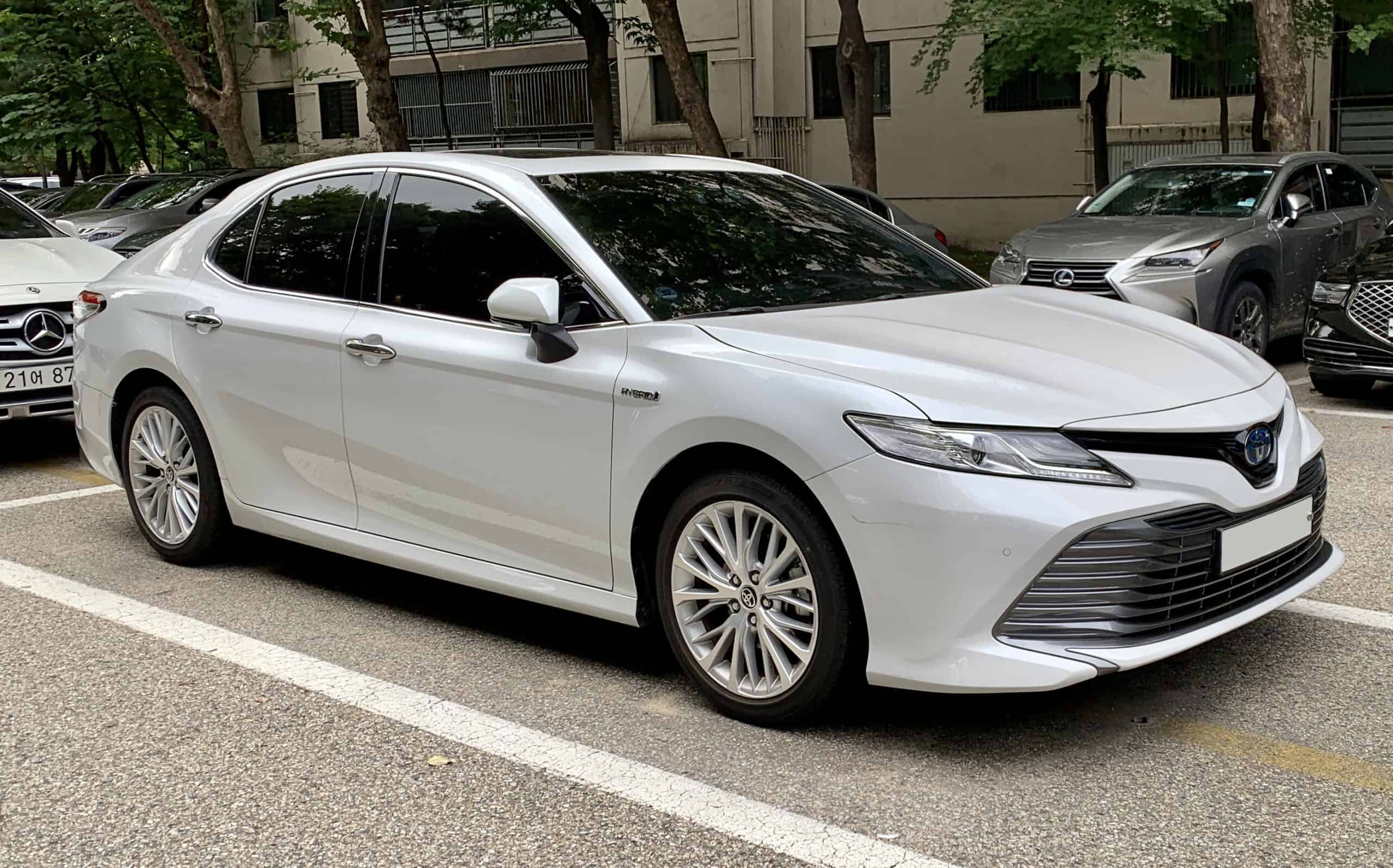
If 2021 was good for Toyota Camry owners, 2022 gets even better. The addition of a TRD trim level gives potential Camry owners its sportiest look yet. Black wheels and a spoiler make this family-friendly Sedan look like it wants to race. Add in heated front seats as standard in the top-of-the-line XLE model, and the reasons to buy the 2022 Toyota Camry keep on coming.
One additional reason to give the 2022 Camry a strong look is it has only 27 NHTSA complaints. This is the lowest in the vehicle’s history, so it’s Toyota sending a message to the competition. Buyers also loved the addition of the “Nightshade” package offered to hybrid buyers that would black out the vehicle across its wheels, accents, and badging.
Take This Retirement Quiz To Get Matched With An Advisor Now (Sponsored)
Are you ready for retirement? Planning for retirement can be overwhelming, that’s why it could be a good idea to speak to a fiduciary financial advisor about your goals today.
Start by taking this retirement quiz right here from SmartAsset that will match you with up to 3 financial advisors that serve your area and beyond in 5 minutes. Smart Asset is now matching over 50,000 people a month.
Click here now to get started.
Thank you for reading! Have some feedback for us?
Contact the 24/7 Wall St. editorial team.
